Anastasia Ovchinnikova is a Dublin-based photographer specialising in editorial photography. She also focuses primarily on portraiture and landscape photography, covering the themes of femininity and colour. She has always been appreciated for her sensitive approach to her subject matter, she loves to bring out beauty in everything. Inspired by literature and her Eastern European heritage she creates mythical worlds in real-life settings. With knowledge of colour theory and psychology, she adds another layer of meaning to her images, holding a natural, bold, and vibrant appearance Personal hobbies outside of photography include travelling, hiking and crafting.
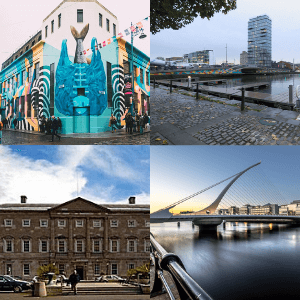
Discover mystery locations on your tour, this will be decided on the day with the weather, fresh Grafitti, preference of the guests on the tour and new Instagrammable locations being found by our InstaGuides. You will find out at the start of each tour where you’ll find the best hidden gems.
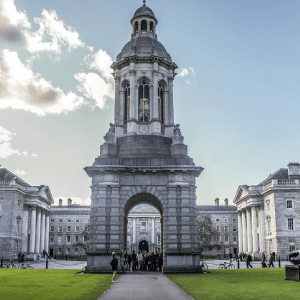
Trinity College, officially the College of the Holy and Undivided Trinity of Queen Elizabeth near Dublin, is the sole constituent college of the University of Dublin, a research university located in Dublin, Ireland.
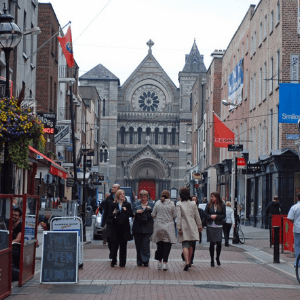
South Anne Street is the setting for Dublin’s most photographed umbrellas. A few turns from the main street of Dublin’s main shopping street, you will find colourful umbrellas in a laneway of two bars. Capturing the best angles and light with the colour is what our InstaGuides can help you do.
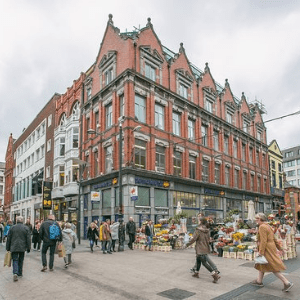
Grafton Street is one of the two principal shopping streets in Dublin city centre, the other being Henry Street. It runs from St Stephen’s Green in the south to College Green in the north.
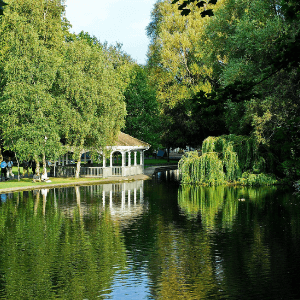
St.Stephen’s Green provides an oasis of green calm in the middle of a bustling city. Its four centuries of history are eventful and complex, involving such important figures as Arthur Guinness, 1st Baron Ardilaun, and Countess Constance Markievicz.
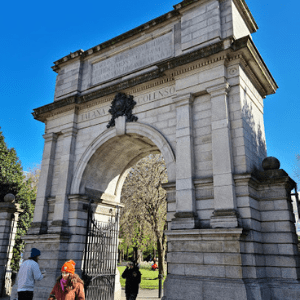
Fusiliers’ Arch is a monument which forms part of the Grafton Street entrance to St Stephen’s Green park, in Dublin, Ireland. Erected in 1907, it was dedicated to the officers, non-commissioned officers and enlisted men of the Royal Dublin Fusiliers who fought and died in the Second Boer War.